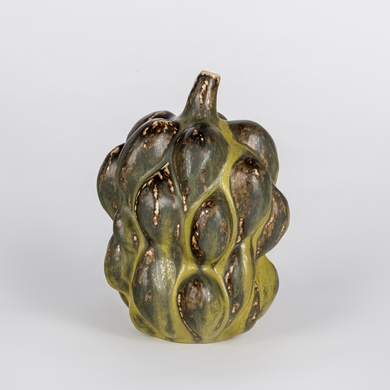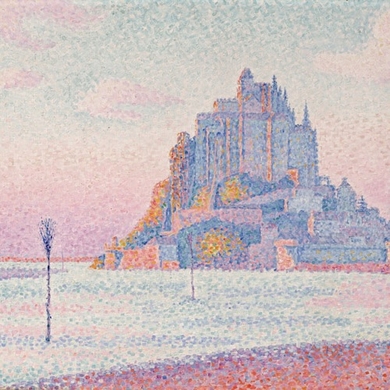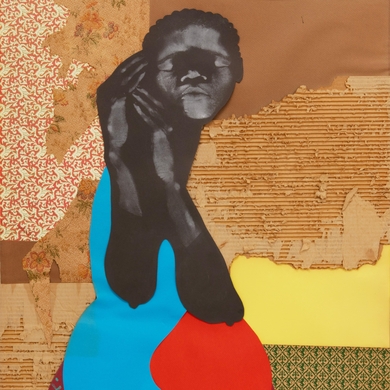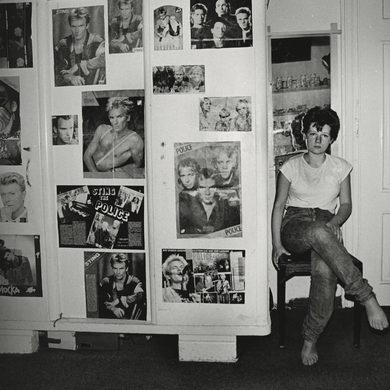Paul Gauguin was born into a family of liberals, in 1848. His father, a journalist who had traveled the world, moved the family to Peru in 1849. Gauguin grew up there, rather privileged. As a young man, he too traveled the world, then returned to France in 1872, settling into normal life as a stockbroker. He also began painting. In 1886, Gauguin left normal life behind and focused entirely on art. He settled in Tahiti in 1891, where for the next 12 years he would paint the local children and adolescent girls in voluptuous color. Their exaggerated exoticism as well as some of the paintings’ titles—which include the words “barbarian” and “savage”—have been controversial for decades. A number of Gauguin’s most celebrated masterpieces are getting a fresh look in Canberra. Is it right to cancel an artist based on enlightenment that came a century later? Especially an artist who contributed so much to the ascent of modernism? These questions will be be up for discussion. —Elena Clavarino
Arts Intel Report
Gauguin's World: Tōna Iho, Tōna Ao

Paul Gauguin, Femmes de Tahiti, 1891.
When
June 29 – Oct 7, 2024
Where
Etc
Photo: Patrice Schmidt/© Musée d’Orsay, Dist. RMN-Grand Palais



